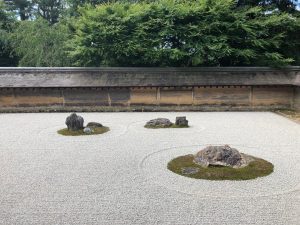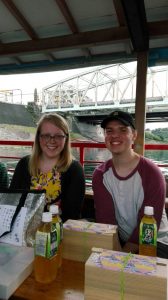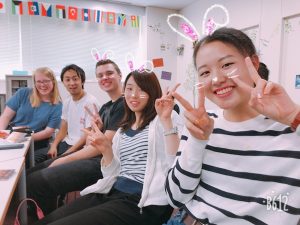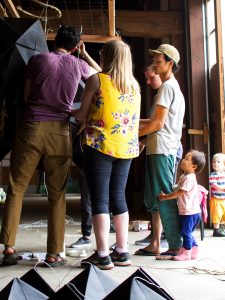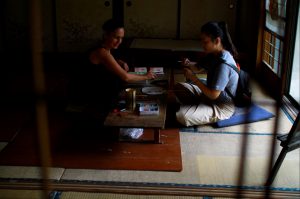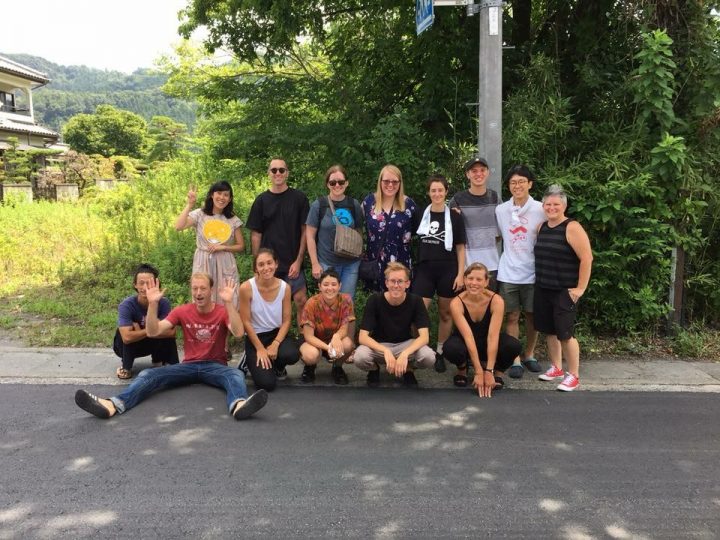 When I first landed in Japan, I was very happy, but also very confused. I went through the cycle of culture shock. It was not intense, as the culture of Japan was not too shocking. But I also had to deal with the effects of leaving Italy’s culture, and it all left me feeling out of place and hopeless. But before I knew it, I was adapting to my life in Japan. I was thriving, creating new relationships and having the time of my life. And then, all of a sudden, it was time to go.
When I first landed in Japan, I was very happy, but also very confused. I went through the cycle of culture shock. It was not intense, as the culture of Japan was not too shocking. But I also had to deal with the effects of leaving Italy’s culture, and it all left me feeling out of place and hopeless. But before I knew it, I was adapting to my life in Japan. I was thriving, creating new relationships and having the time of my life. And then, all of a sudden, it was time to go.
Days before it was time for Nathan and I to leave, it was time for the artists of group 3 to depart. So, essentially, there was a week of goodbyes-parties, final dinners, and farewell tears. It was emotionally hard for me, and I definitely broke down and cried a couple times before it was time to leave.
For our flight, Nathan and I decided to take a last trip to Tokyo. We thought it would be a good way to say farewell to the country we have called home to go up to the top of the Tokyo SkyTree and see the city from above.
 In our day in Tokyo, we first went to Asakusa, one last shrine to hit before heading home. Then, we ascended the Tokyo Skytree. There is always a debate between which tower in Tokyo to ascend-Tokyo Tower offers a view in a red, Eiffel-tower like structure in the middle of Tokyo. The Government Building is a tempting, free option, that we considered. But, we ended up going with Skytree because it is supposedly the tallest tower in the world, and it really makes the other two seems small in comparison.
In our day in Tokyo, we first went to Asakusa, one last shrine to hit before heading home. Then, we ascended the Tokyo Skytree. There is always a debate between which tower in Tokyo to ascend-Tokyo Tower offers a view in a red, Eiffel-tower like structure in the middle of Tokyo. The Government Building is a tempting, free option, that we considered. But, we ended up going with Skytree because it is supposedly the tallest tower in the world, and it really makes the other two seems small in comparison.
 We decided to go up before the sunset and watch the sunset over Tokyo. It was a hazy day, so there was not a clear view, but it was gorgeous. It was especially exciting to watch all the lights go on one at a time when the city got dark.
We decided to go up before the sunset and watch the sunset over Tokyo. It was a hazy day, so there was not a clear view, but it was gorgeous. It was especially exciting to watch all the lights go on one at a time when the city got dark.
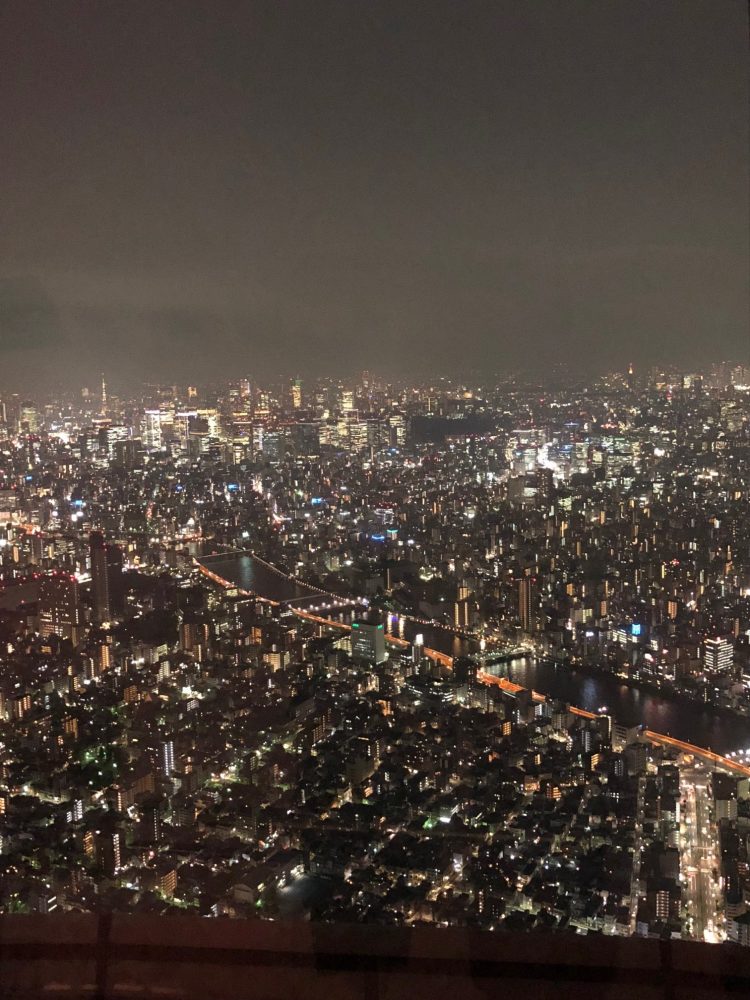 If you look close in the dark picture, you can see the Tokyo Tower, the lit up spike in the top left. We grabbed some last soft cream (mango flavored!) And headed to the floor that allows you to look all the way to the ground!
If you look close in the dark picture, you can see the Tokyo Tower, the lit up spike in the top left. We grabbed some last soft cream (mango flavored!) And headed to the floor that allows you to look all the way to the ground!
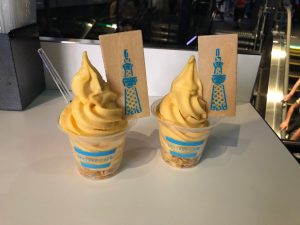
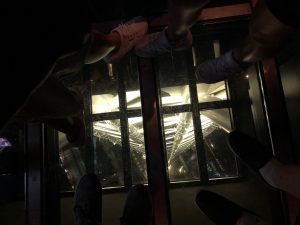

The next morning, it was time to go to the airport and say goodbye. It was sad, as I had spent every waking moment with Nathan in the last two months. But I was reassured that I would see him again at school in two and a half weeks.
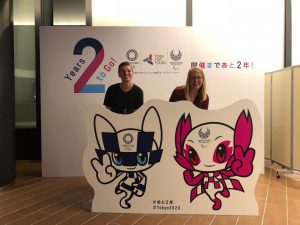
TOKYO 2020
Two flights later, and I was home. I am lucky, living in Seattle, that my plane was not as long as Nathan’s (10 hours versus 13), so I was home. And it was…weird? I was so happy to see my family, friends, and dog. But I also kept making mistakes!
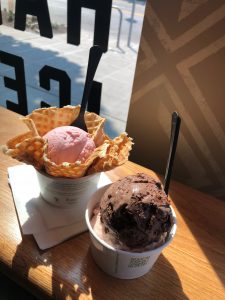 I would go to the bathroom and walk outside to wash my hands (all of the sinks in Japan were outside of the toilet room). My parents asked if I wanted more napkins and I was confused, because there aren’t many napkins at restaurants. The first time I went to a restaurant, I almost said ‘konnichiwa’ and ‘arigatou gozaimasu’. I called my brother Nathan by accident once.
I would go to the bathroom and walk outside to wash my hands (all of the sinks in Japan were outside of the toilet room). My parents asked if I wanted more napkins and I was confused, because there aren’t many napkins at restaurants. The first time I went to a restaurant, I almost said ‘konnichiwa’ and ‘arigatou gozaimasu’. I called my brother Nathan by accident once.
The re-entry to the USA had begun. And, in many ways, I felt like I was having a cultural re-entry for both Japan and Italy. I was so happy to see different types of cheeses again, like in Italy, and annoyed about the usage of spoons for eating pasta…but I was home!
 Hello, Seattle. <3
Hello, Seattle. <3

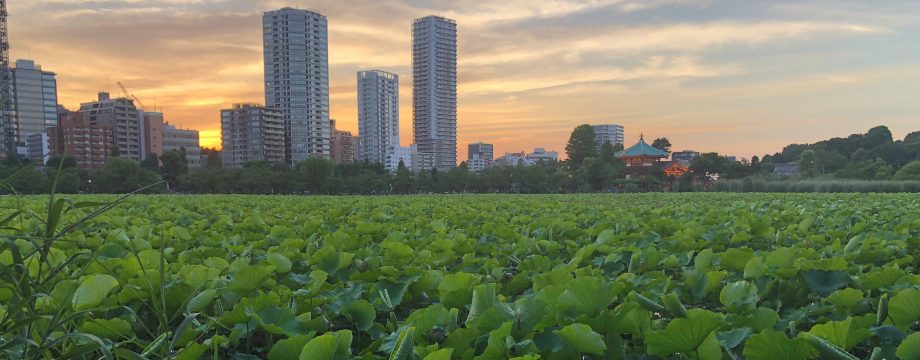
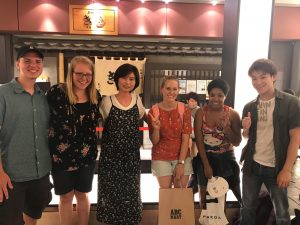
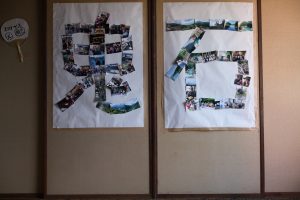
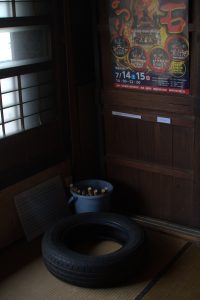



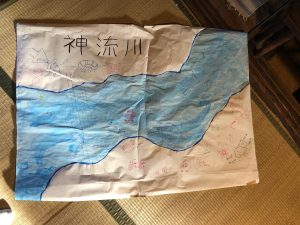
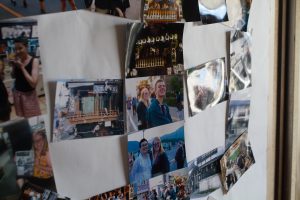

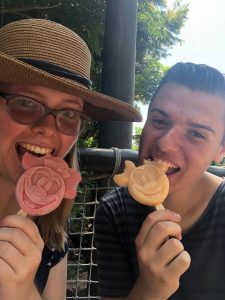
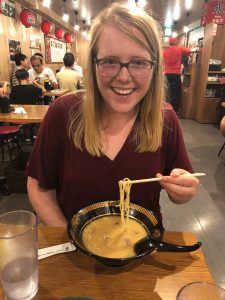 -Soba noodle dishes: noodle dishes with noodles made with buckwheat flour. Many small noodle shops make their own noodles. You can get noodles in cold or hot dishes, cold noodles where the noodles are washed after boiling. Cold noodles served plain with sauce to dip it into or with other toppings. Hot noodles can have different meats, vegetables, or tempura on top, although pork is the most popular.
-Soba noodle dishes: noodle dishes with noodles made with buckwheat flour. Many small noodle shops make their own noodles. You can get noodles in cold or hot dishes, cold noodles where the noodles are washed after boiling. Cold noodles served plain with sauce to dip it into or with other toppings. Hot noodles can have different meats, vegetables, or tempura on top, although pork is the most popular. -Tempura: Fried seafood and fish, and tempura flakes are popular additions to soups or noodles, kind of akin to breadcrumbs.
-Tempura: Fried seafood and fish, and tempura flakes are popular additions to soups or noodles, kind of akin to breadcrumbs.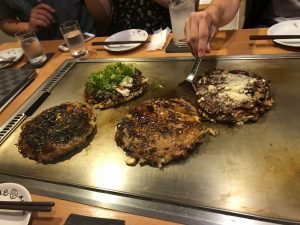 -Japanese curry: Kare can go on top of just rice or also katsu with rice. It is delicious, and not spicy at all compared to other country curries, so suitable to everyone.
-Japanese curry: Kare can go on top of just rice or also katsu with rice. It is delicious, and not spicy at all compared to other country curries, so suitable to everyone.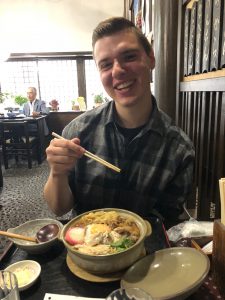




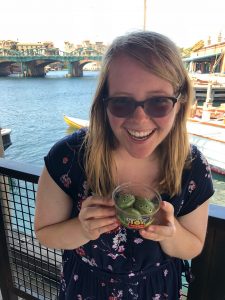

 -omiyage: omiyage means souvenir, and omiyage are very popular in Japan. Each prefecture seems to have a different sweet that they specialize in, so omiyage are sold in prepackaged boxes for you to take home. In Tokyo, you can get Tokyo bananas, little baked goods that look like bananas and can have fun patterns on them.
-omiyage: omiyage means souvenir, and omiyage are very popular in Japan. Each prefecture seems to have a different sweet that they specialize in, so omiyage are sold in prepackaged boxes for you to take home. In Tokyo, you can get Tokyo bananas, little baked goods that look like bananas and can have fun patterns on them.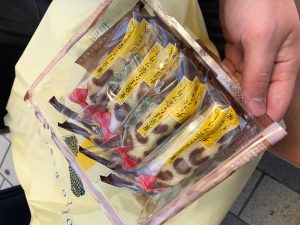
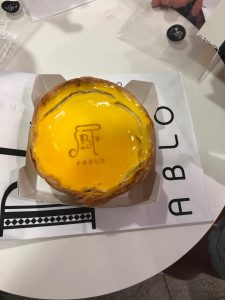
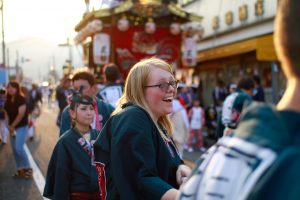


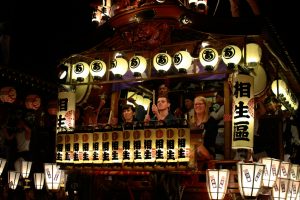


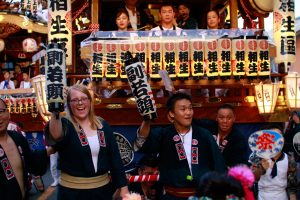
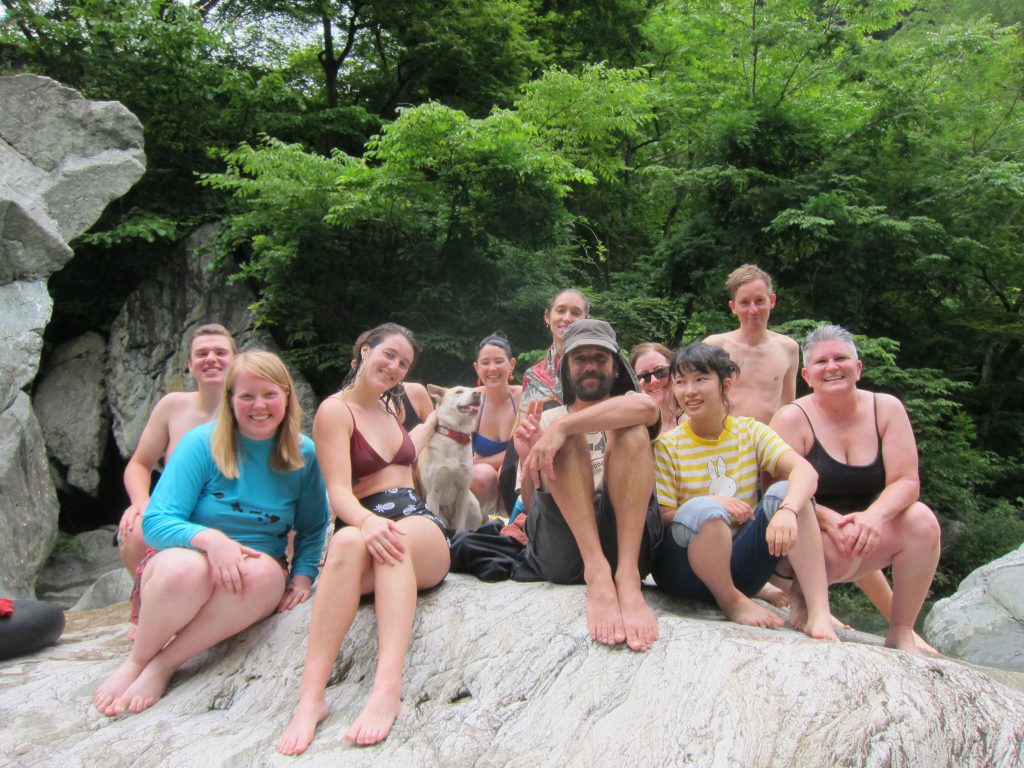
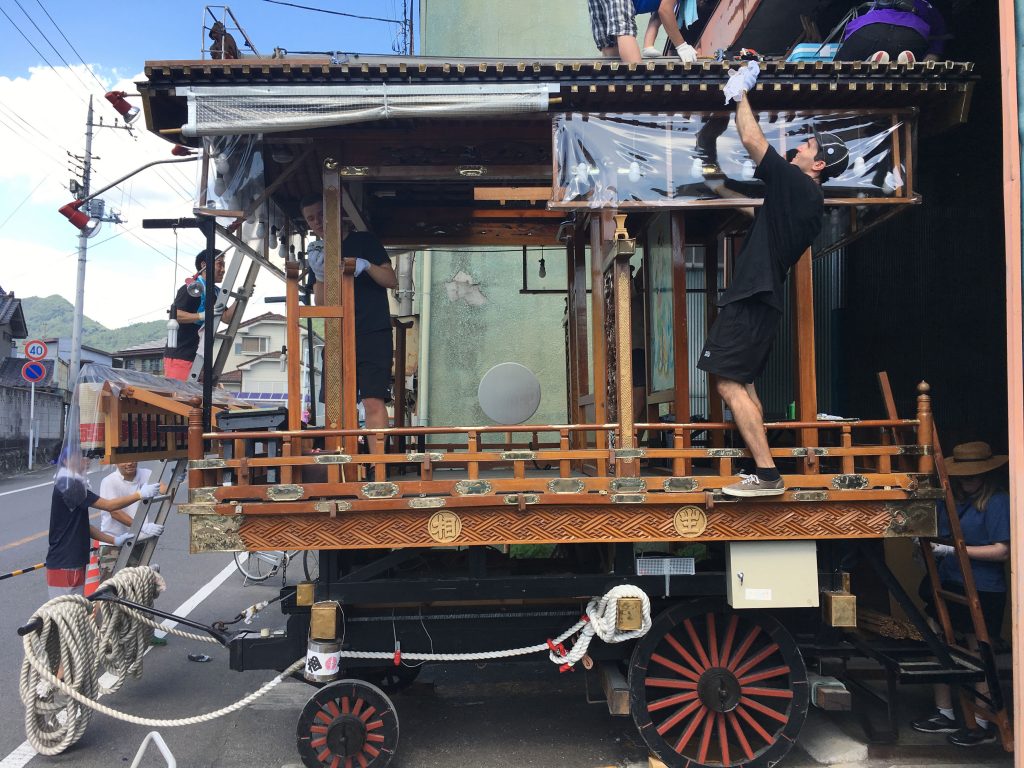
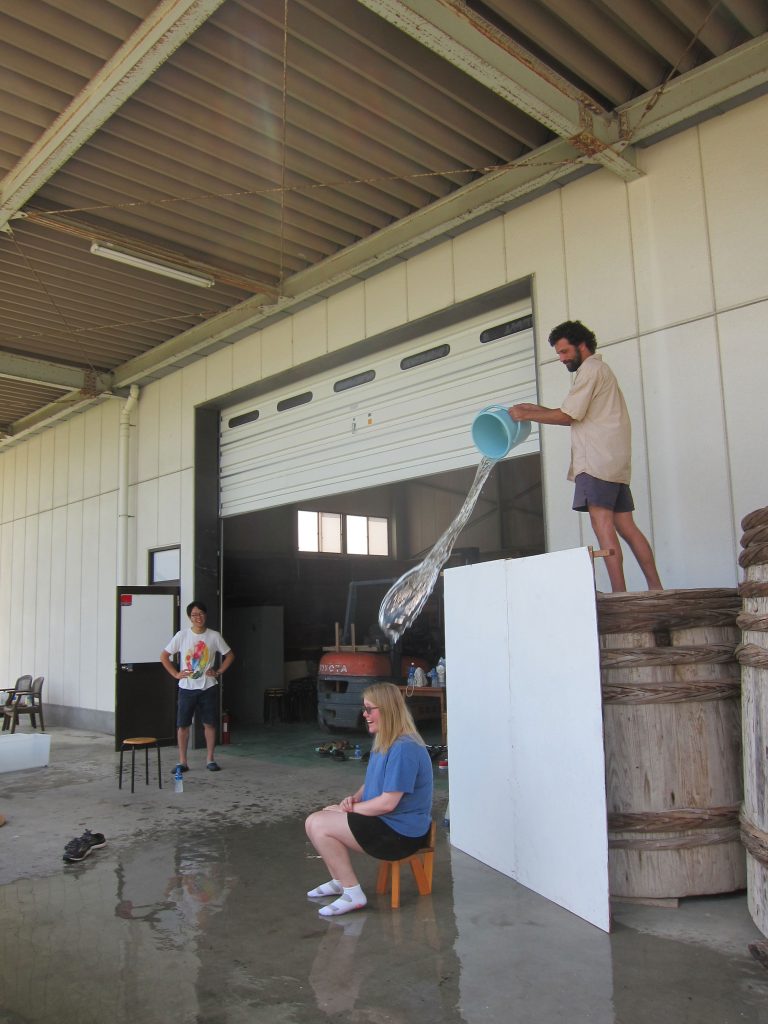
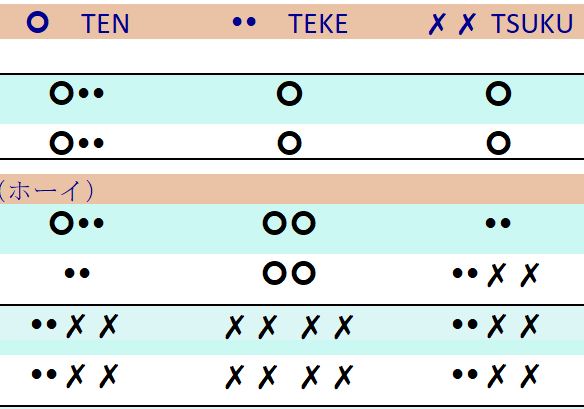

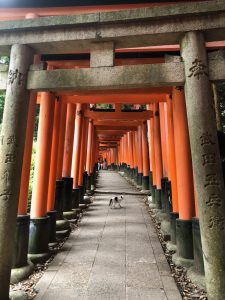

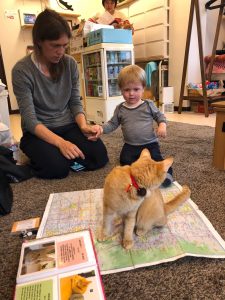 The other two must do’s in Kyoto are: the bamboo forest and visiting as many temples or shrines as you can. The bamboo forest was humbling and centering. The morning is definitely the time to go, as you can get there before the crowds and have some peace. Visiting shrines and temples can get a little expensive, as many shrines have entrance fees of $5-6. But if you do your research, they are very worth it! We got our recommendations from the artists who had been before, and visited Ryoan-ji, the temple with a rock garden, which we were surprised to find had a large plot of land! We also visited Daigo-ji, a temple that was not frequented tourists, but had a beautiful pagoda as well as a museum!
The other two must do’s in Kyoto are: the bamboo forest and visiting as many temples or shrines as you can. The bamboo forest was humbling and centering. The morning is definitely the time to go, as you can get there before the crowds and have some peace. Visiting shrines and temples can get a little expensive, as many shrines have entrance fees of $5-6. But if you do your research, they are very worth it! We got our recommendations from the artists who had been before, and visited Ryoan-ji, the temple with a rock garden, which we were surprised to find had a large plot of land! We also visited Daigo-ji, a temple that was not frequented tourists, but had a beautiful pagoda as well as a museum!
